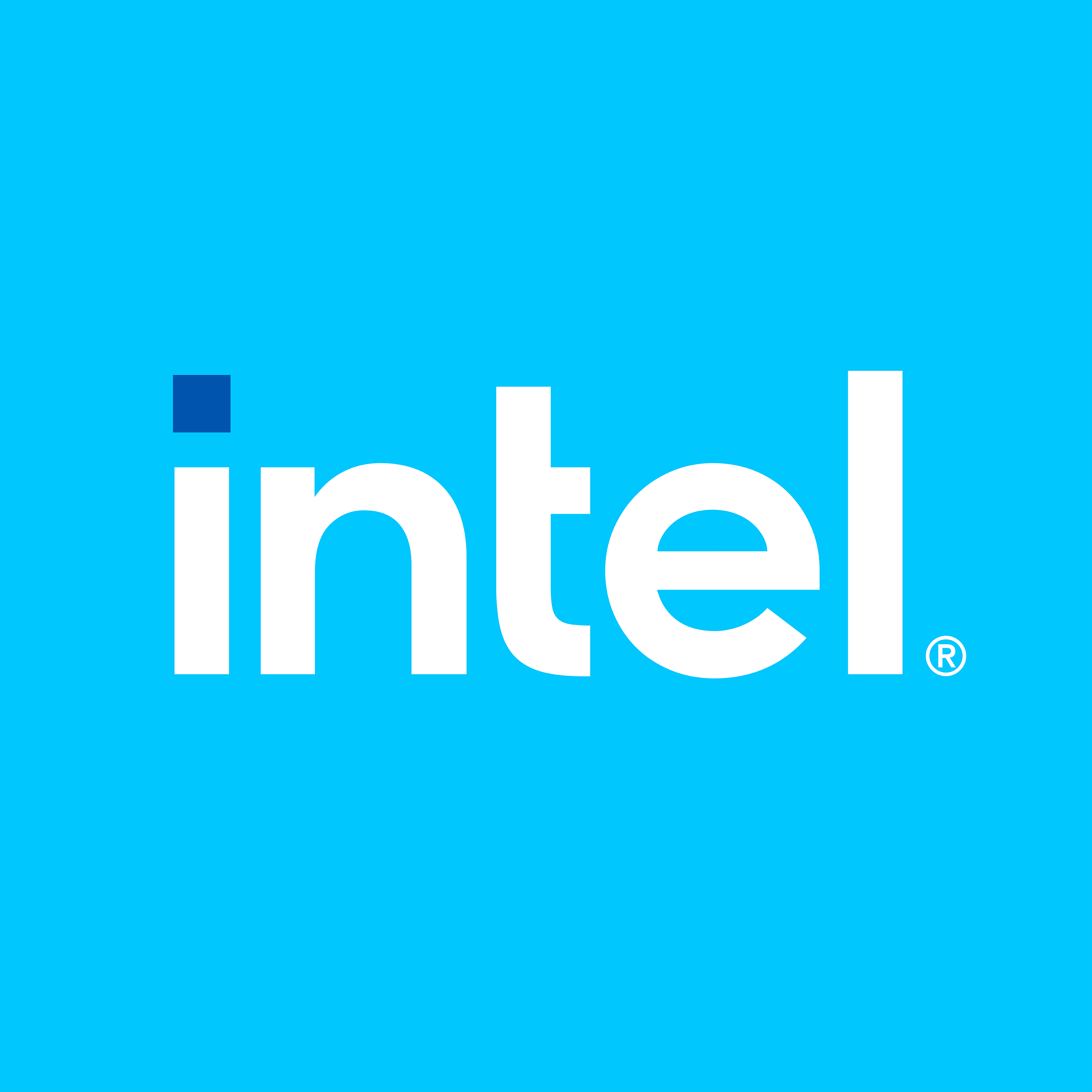How to change the Input Video Source#
You start a Weld Porosity Detection pipeline with the following Client URL (cURL) command. The following example is the command to start an AI pipeline.
curl http://<HOST_IP>:8080/pipelines/user_defined_pipelines/weld_porosity_classification_mlops -X POST -H 'Content-Type: application/json' -d '{
"source": {
"uri": "file:///home/pipeline-server/resources/videos/welding.avi",
"type": "uri"
},
"parameters": {
"classification-properties": {
"model": "/home/pipeline-server/resources/models/weld_porosity/weld_porosity_classification/deployment/Classification/model/model.xml",
"device": "CPU"
}
}
}'
To change the input video source for the pipeline, refer to the following table:
Video Source |
Source Section of the cURL Request |
Remark |
|---|---|---|
File |
|
|
RTSP |
|
In the values.yaml file inside the helm folder in the repository for helm based deployments, or in the .env file at the root of the repository for docker compose based deployment, update RTSP_CAMERA_IP to the IP of the machine where the RTSP stream is coming from: |
Web Camera |
|
The pipeline in config.json in the helm chart needs to be changed as follows: |
